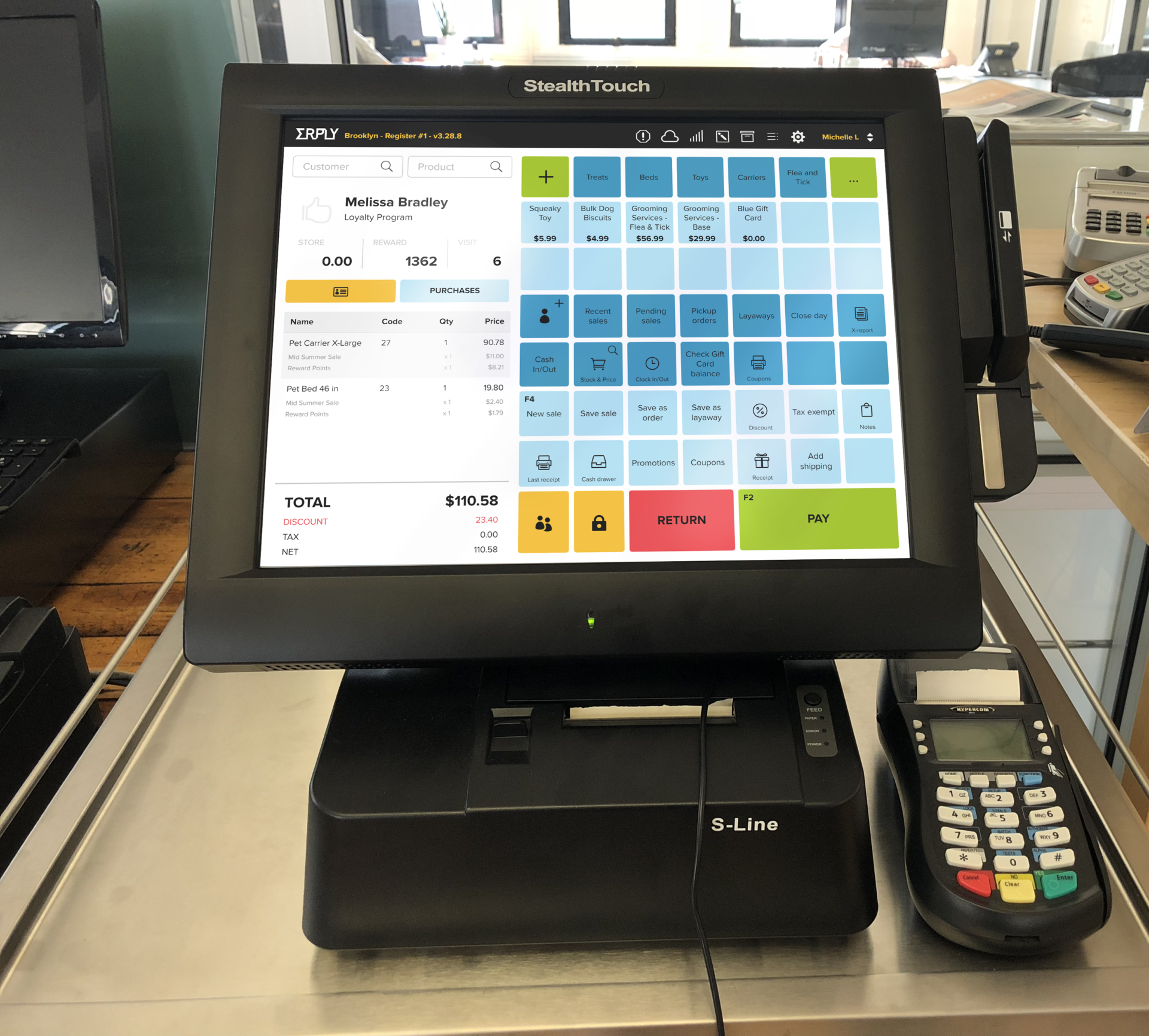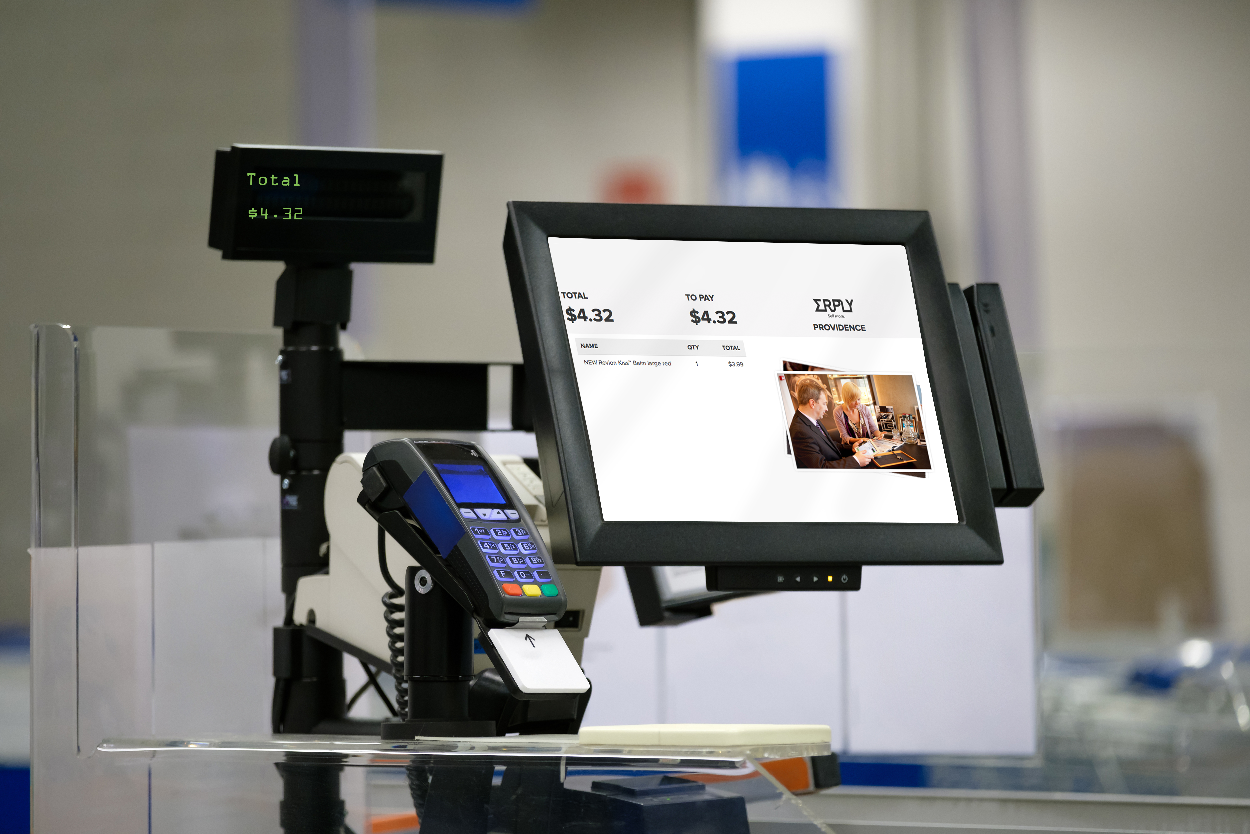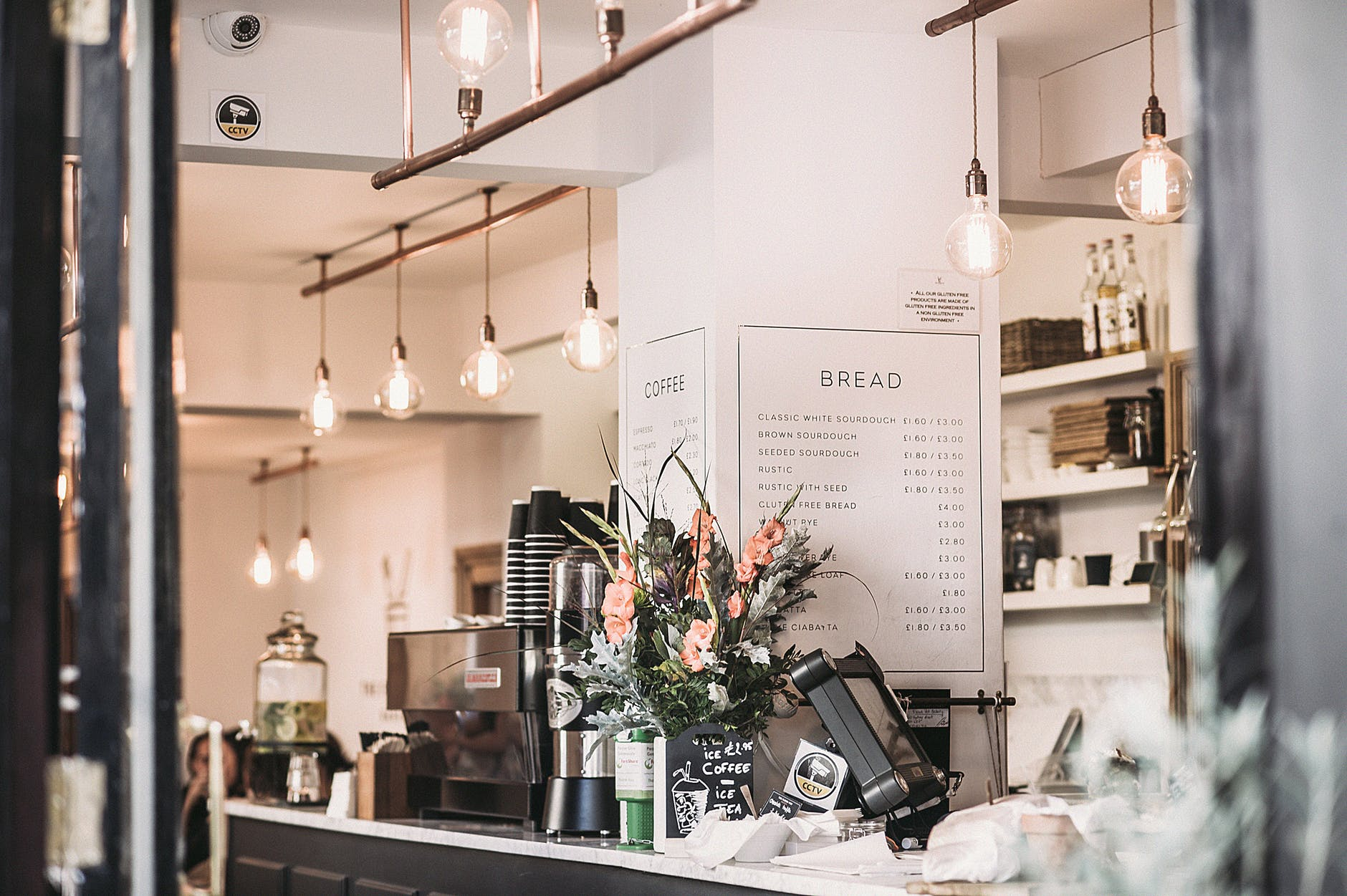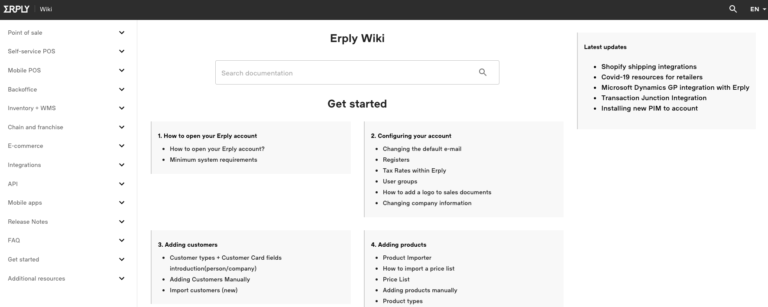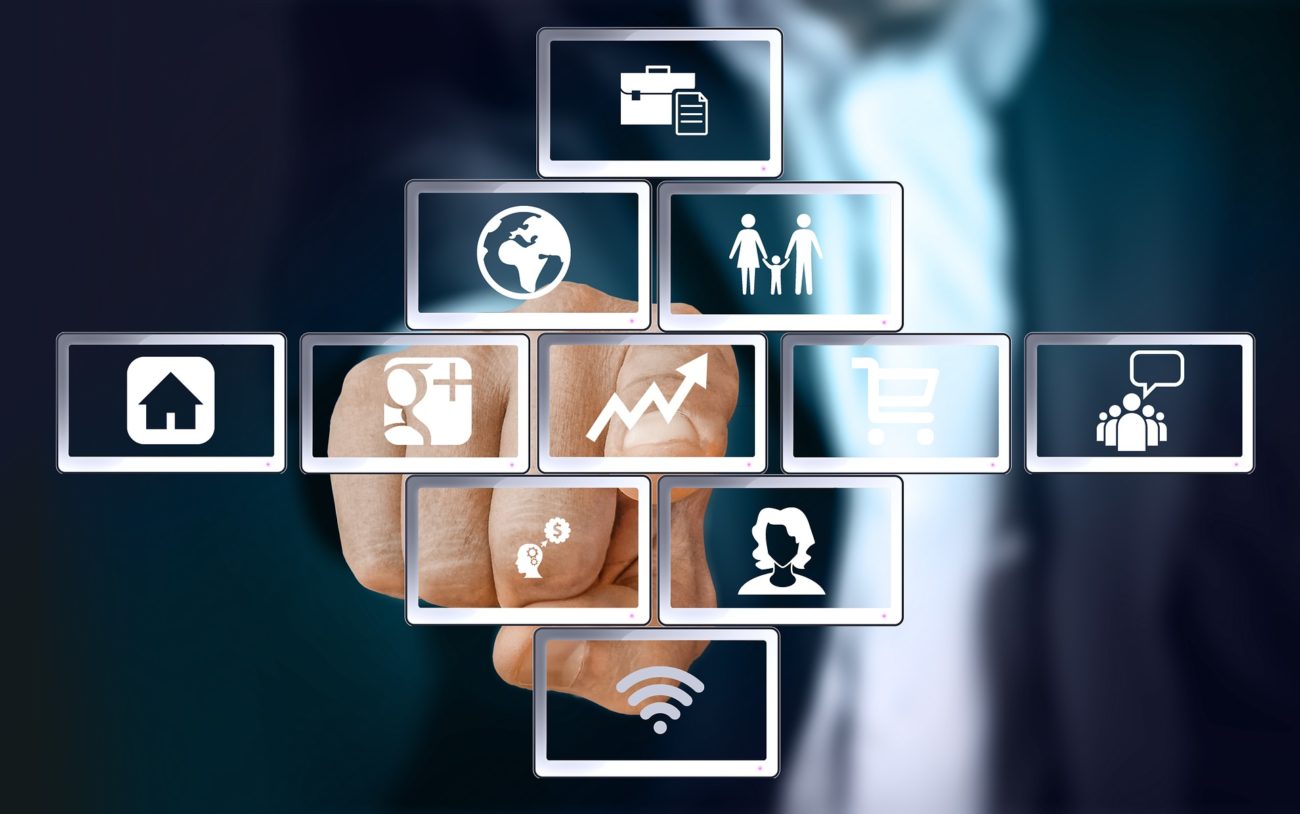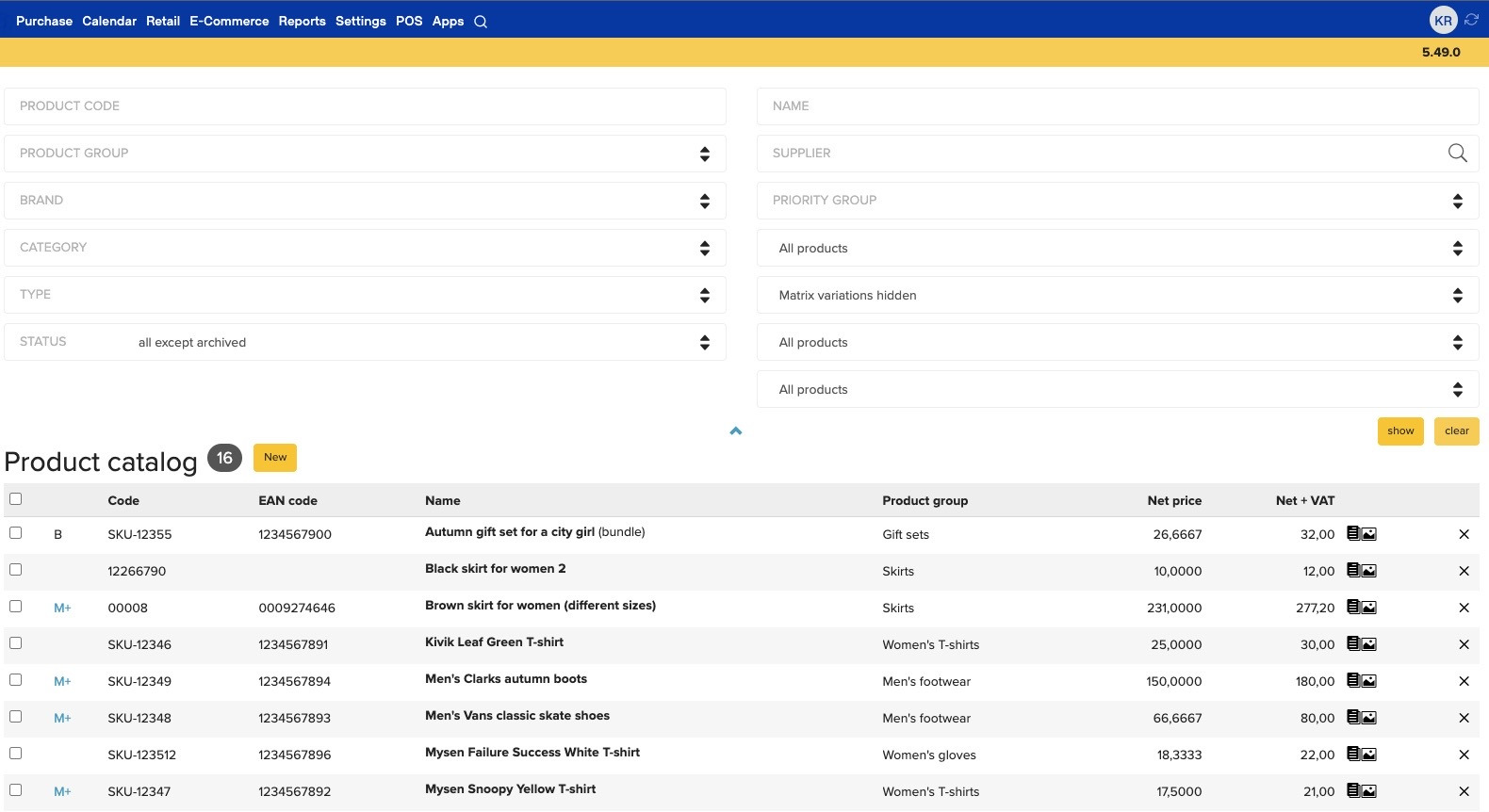As the owner of brick and mortar retail store, you likely know that your prosperity hinges upon your ability to create a personalized experience for new and existing customers. But developing a strategy to accomplish this goal is not always easy for busy retail business owners who often struggle to find the time to manage multiple aspects of their business. Below is a look at the reasons why a personalized experience is so important for your company and some simple steps you can take to provide your customers with an experience that will turn them into your most loyal ambassadors.
Why is a personalized in-store experience so important?
“Customer experience is the next competitive battleground. It’s where business is going to be won or lost.” – Tom Knighton, Conversant Global Practice Lead
Today’s online-driven world has paved the way for retailers to offer customers highly personal in-store experiences. With 83% of shoppers using their smartphones to compare prices and search for promotions while they shop at brick and mortar stores, more retailers are seeing the benefits of utilizing customer data to personalize the shopping experience for consumers. According to Segment‘s 2017 Personalization Report, there are four key benefits to offering a personalized shopping experience:
1) Improve customer retention
44% of respondents indicated that they would be more likely to purchase again if a retailer offered a personalized shopping experience. A lack of personalization, on the other hand, was frustrating to over 70% of respondents, highlighting the importance of a customized shopping experience.
2) Fulfill customer expectations
Today’s customers expect in-store sales associates to know their online purchasing history. Segment found that only 19% of in-store retailers were able to meet customers’ expectations in this arena.
3) Increase average order size
Nearly half of all Segment respondents acknowledged that a personalized shopping experience caused them to purchase an item that they had not planned to buy prior to entering the store. Customers were also more likely to buy a more expensive item as the result of a personalized experience.
4) Reduce returns
While brick and mortar stores have a much lower average rate of returns than online stores, most shoppers and store owners would agree that product returns are a hassle for customers and retailers alike. Personalized shopping experiences help increase customer satisfaction with impulse buys while limiting the rate of returns to roughly 5%.
How can you create a personalized in-store experience for customers?
“When a customer walks into a retail store, the salesperson has two choices: simply ring up a purchase, or truly help the customer get what he or she really needs. The latter includes learning about the customer and making customized suggestions, while the former lacks any personalization whatsoever.” – Shep Hyken, Chief Amazement Officer at Shepard Presentations
A personalized in-store experience does not unfold on its own. Retailers must make creating a stellar customer experience a top priority and develop a strategy to captivate shoppers from the moment they enter the door. Achieving these two goals will enable retailers to build loyalty, upsell successfully, and exceed their bottom line projections.
But how can retailers work to improve customer experience? Below are six steps that will help you create an in-store experience that is both positive and memorable.
1) Establish a customer-focused work culture
The path to a personalized in-store experience begins with a customer-centric company culture. Business owners should educate employees about the benefits of customer personalization from the moment an employee enters the door for his or her first interview. The importance of customer personalization should be reiterated as follows:
- During the onboarding process
- Throughout the employee’s orientation and training process
- On a regular basis throughout the employee’s tenure
Information alone isn’t always enough — employees should be provided with tools that will enable them to deliver top-quality customer personalization. In addition to emphasizing personalization during employee training activities, managers and owners looking to improve customer experience should consider employees’ success in offering personalized experiences as a criterion for evaluating their job performance.
2) Offer a valuable customer loyalty program
“Many shoppers register for retailer loyalty programs only to have their cards, key fobs and apps collect dust. That is because retailers are not taking the appropriate steps to differentiate their programs and show how they provide value to shoppers’ lives.” – Retail TouchPoints
Loyalty programs are effective customer personalization tools if they are strategically designed, and a great way to improve customer experience. Loyalty programs are most impactful when they embrace gamification and are easy to understand. They must offer an attractive balance of hard benefits such as coupons and discounts, and soft benefits, such as exclusive customer opportunities. Most importantly, retailers must make the program’s value clear to participating customers.
3) Provide sales associates with POS devices
Over half of shoppers indicate that they feel more confident that they will receive fast service and knowledgeable assistance when they see sales associates using tablets and other mobile devices to perform their jobs. In spite of these findings, there are still many retailers that do not provide their sales associates with tablets or smartphones to perform their jobs on the sales floor. Fortunately, a report by BRP Consulting estimates that 84% of stores will offer mobile POS solutions by the year 2020.
While a POS may not be in your initial budget, think of the difference between the customer experience for shoppers visiting your store versus that of a competitor. Customers are more likely to shop at stores that use tools to create a smoother checkout and a personalized customer experience. With Erply, you can easily collect customer data right at the POS to improve customer experience. Not only does saving customer data enable you to create individualized promotions, but it also helps speed up the checkout process for the next time he or she enters your store.
4) Offer on-demand customer personalization
“If you take a look at trends in consumer and retailer spaces right now, there’s an underlying cultural demand for custom consumer products. The funny thing is, customization itself is the original form of producing goods…Clothing and shoes used to be individually made for their users, by cobblers or tailors and dressmakers. When mass production hit, that’s when customization was lost.” – Shamil Hargovan, CEO and Co-Founder of Wiivv
The days of one-size-fits-all clothing and products are all but gone. Today’s consumers expect fast access to clothing customized for their body type, shoes that are made to accommodate a high arch or narrow feet, and glasses with transitional lenses that are shaped to compliment their facial shape. Mobile devices enable sales associates to improve customer experience, enabling them to quickly access customer data and make product recommendations accordingly.
5) Employ location-based technology
“Using shelf sensors and beacons, digital signs can display promotions for products customers have recently searched on their phones, or show more information about a product when a customer picks it up from the shelf.” – Rieva Lesonsky, CEO of GrowBiz Media
Location-based technology is on the rise among retailers of all sizes looking to improve customer experience. Home Depot and Sephora are two stores that are using the technology to remind customers of past purchases and provide shoppers with guided instructions to the aisles that house their favorite products.
Erply’s customer display app provides an easy way to improve customer experience with visual, location-based campaigns. Displays can be set up throughout a store to display pictures or videos of a product in use. Customers might be more likely to purchase an appliance after seeing how it’s used.
The customer display app can also be used to create a more personalized customer experience at the checkout. In addition to displaying the final purchase total, the app can be used to cycle through different promotions on a display, such as a limited loyalty point special or an exclusive in-store offer. Keeping customers well-informed about your business’ promotions and rewards is a simple way to improve customer experience.
6) Be prompt with your offers
“Consumers are expecting personalization more quickly, with 54% of shoppers anticipating a personalized discount in a day, and 32% within just an hour of sharing their information with a retailer.” – Stephanie Pandolph, BI Intelligence
Today’s shoppers are more demanding and impatient than ever. However, they are more apt to become loyal customers if their needs for speed and a personalized customer experience are met. Customers should not have to wait weeks, days, or even minutes for information about a special discount or reward; sales associates should be able to provide this information immediately during the shopping process, or on the spot as the customer is checking out.
What is the best way to create a personalized customer experience?
The seven steps above combine to provide a solid foundation for high customer satisfaction. However, they require sustained effort and investment on behalf of business owners. The single most effective way to build a personalized customer experience is to introduce retail software that provides automatic, innovative upgrades. A robust software solution will enable you to get to know your customers by tracking their sales history. Captured customer data can then be used to create customer groups, email information about promotions, and quickly send receipts. Retailers can use this information to improve customer experience for multiple demographics in one fell swoop. Most importantly, a complete software solution will enable retailers to analyze their ROI for new products and effectively manage their inventory.
The Bottom Line
Creating a personalized in-store experience is vital to earning customer satisfaction and loyalty. By following the steps above, you can cultivate a retail experience that will delight the most selective customers.
To learn more about building a highly personalized in-store experience, Erply is an inexpensive yet powerful solution that can be customized to fit your business’ processes. Improve customer experience with our management tools and easy hardware integration, and create a personalized customer experience by using our reporting tools to get the most out of your customer data. For businesses looking for a POS software with high value, Erply’s centralized platform and inventory management solution is unmatched.
Sign Up
